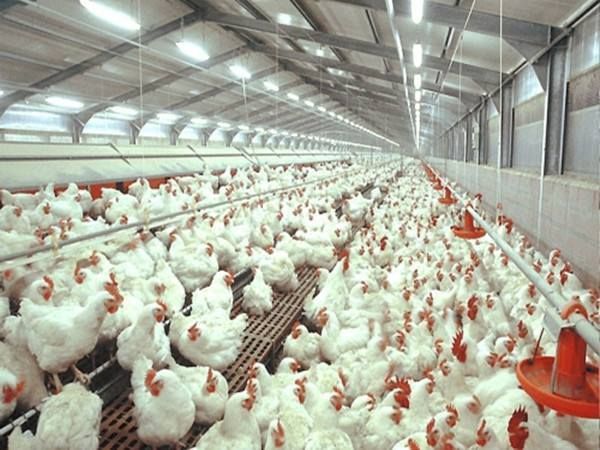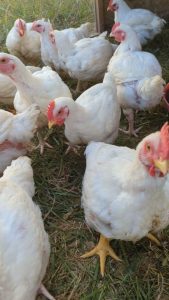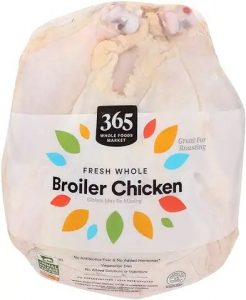In the realm of agriculture, few industries have experienced the growth and transformation seen in broiler chicken farming. As a pivotal component of global food production, this sector not only satisfies the ever-increasing demand for poultry but also plays a crucial role in the economic landscapes of many countries. Let’s delve into the economic aspects that drive and define broiler chicken farming today.
The Economics Behind Broiler Chicken Farming
1. Cost Structure and Investment: Broiler chicken farming requires significant initial investment in housing, equipment, and infrastructure. The cost structure includes expenses for poultry houses, feeding systems, ventilation, heating, and cooling equipment. Moreover, ongoing costs encompass feed, veterinary care, labor, utilities, and transportation.
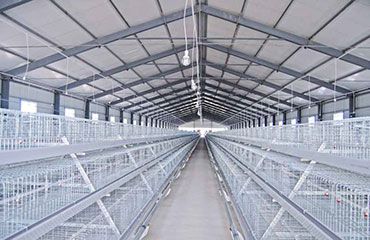
2. Revenue Streams: The primary revenue stream in broiler farming is the sale of live birds to processing plants or wholesalers. Farmers typically receive payment based on weight, adjusted for market prices. Additionally, some farmers may diversify their revenue through selling manure as organic fertilizer or utilizing poultry litter as biomass fuel.
3. Market Dynamics: Market dynamics heavily influence profitability in broiler chicken farming. Factors such as consumer demand, seasonal variations, input costs (especially feed prices), government policies, and competition all play critical roles. For instance, changes in feed prices can significantly impact profit margins, prompting farmers to constantly adjust their production strategies.
4. Technological Advances: Advancements in technology have revolutionized broiler farming economics. Automated feeding systems, climate control technologies, and genetic improvements in poultry breeds have boosted efficiency and productivity. These innovations not only enhance profitability but also contribute to sustainability efforts by reducing resource consumption and waste.
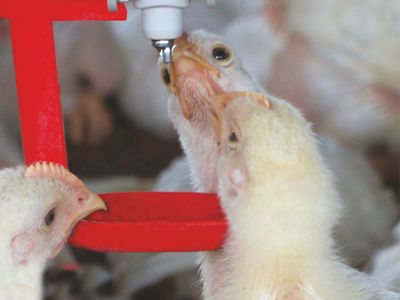
5. Economic Impact and Employment: Broiler chicken farming contributes substantially to rural economies by providing employment opportunities across various skill levels—from farm workers to veterinarians and managers. Moreover, it supports ancillary industries such as feed production, equipment manufacturing, and transportation, thereby stimulating local economies.
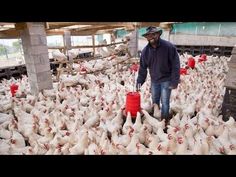
When you visit , our company , we can help you to start by giving you all the necessary information you need to get started if not yet in the business. Please check our online shop, we have all the standard business proposals for different capacities at very a cheap price made by the best agricultural specialists as well as Standard design plans that are made by the best agricultural architects around the globe. please visit our online shop now using the links below to witness by yourself
Design plans (FARM HOUSE DESIGNS – Kimd Construction & Farm Consultants)
Business plans (BUSINESS PLANS & PROPOSALS – Kimd Construction & Farm Consultants)
Welcome back from visiting our shop, hope you have placed your order for any of our products or you can place it after navigating more of our informative articles.
So let us continue with the article!
Challenges and Opportunities
1. Environmental Sustainability: Sustainable practices are increasingly important in broiler farming. Issues such as waste management, water usage, and emissions control pose challenges but also present opportunities for innovation and cost savings through resource efficiency.
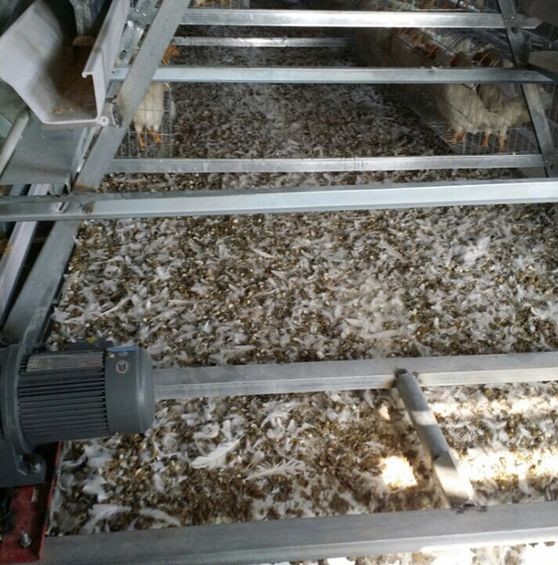
2. Market Volatility: The volatility of feed prices and fluctuating consumer preferences for poultry products can affect profitability. To mitigate risks, farmers often employ hedging strategies or enter into forward contracts with buyers to stabilize revenues.
3. Regulatory Landscape: Compliance with health, safety, and environmental regulations adds another layer of complexity to broiler farming economics. Adhering to these standards not only ensures market access but also enhances consumer trust and brand reputation.
Conclusion
Broiler chicken farming is not just a pivotal part of the food supply chain but also a dynamic economic engine. From investment in technology to navigating market fluctuations, farmers must continually adapt to ensure profitability and sustainability. As global demand for poultry continues to grow, so too will the opportunities and challenges faced by those in the broiler chicken farming industry. Understanding these economic aspects is crucial for anyone looking to engage with or invest in this vital sector of agriculture.
Explore more about how to build a standard cattle for 10 milking cows

